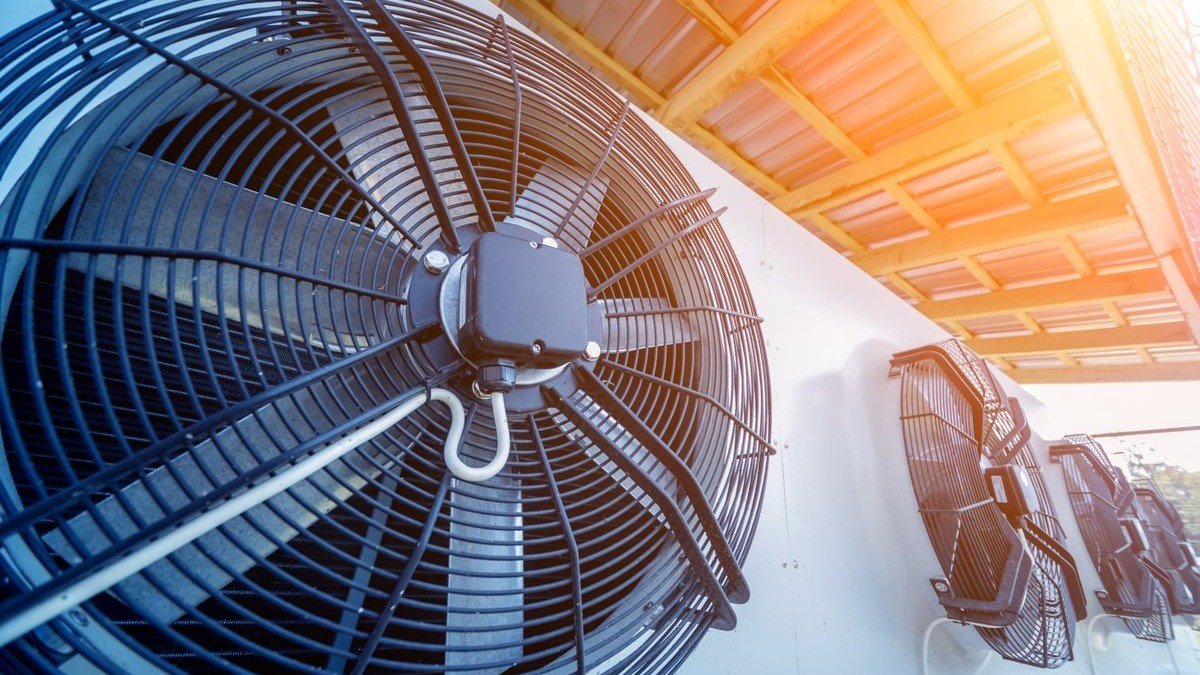No products in the cart.
Other Info
Sustainable Refrigerants: The Future of Cooling Technology
The global demand for cooling technology is rising. From homes to industries, refrigeration is essential. However, traditional refrigerants harm the environment. They contribute to global warming and ozone depletion. Sustainable refrigerants are the solution. They offer eco-friendly cooling without compromising efficiency. This article explores sustainable refrigerants, their benefits, and their role in the future of cooling technology.
The Problem with Traditional Refrigerants
Traditional refrigerants, like hydrofluorocarbons (HFCs), are widely used. They are effective but have a high global warming potential (GWP). HFCs can trap heat in the atmosphere, worsening climate change. Additionally, older refrigerants like chlorofluorocarbons (CFCs) damage the ozone layer. Although CFCs are phased out, their impact lingers. The need for sustainable alternatives is urgent.
What Are Sustainable Refrigerants?
Sustainable refrigerants are eco-friendly cooling agents. They have low GWP and zero ozone depletion potential (ODP). Examples include hydrocarbons, ammonia, and carbon dioxide. These refrigerants are natural and non-toxic. They are also energy-efficient, reducing overall carbon footprints.

Benefits of Sustainable Refrigerants
- Environmental Protection
Sustainable refrigerants minimize environmental harm. They reduce greenhouse gas emissions and protect the ozone layer. This helps combat climate change and promotes a healthier planet. - Energy Efficiency
Many sustainable refrigerants are more energy-efficient than traditional ones. They require less power to operate, lowering energy bills. This also reduces strain on power grids. - Regulatory Compliance
Governments worldwide are tightening refrigerant regulations. Sustainable options comply with these laws, avoiding penalties. They also future-proof cooling systems against stricter rules. - Cost Savings
While initial costs may be higher, sustainable refrigerants save money long-term. They reduce energy consumption and maintenance needs. This makes them a smart investment. - Improved Safety
Some traditional refrigerants are flammable or toxic. Sustainable alternatives are safer for users and the environment. This enhances workplace and home safety.
Types of Sustainable Refrigerants in 2025
- Hydrocarbons (HCs)
Hydrocarbons like propane (R-290) and isobutane (R-600a) are popular. They have low GWP and are highly efficient. However, they are flammable and require careful handling. - Ammonia (R-717)
Ammonia is a natural refrigerant with zero GWP and ODP. It is energy-efficient and widely used in industrial cooling. However, it is toxic and requires specialized systems. - Carbon Dioxide (R-744)
Carbon dioxide is non-toxic and non-flammable. It has a GWP of 1, making it highly sustainable. It is ideal for commercial refrigeration and heat pumps. - Hydrofluoroolefins (HFOs)
HFOs are synthetic refrigerants with low GWP. They are non-flammable and energy-efficient. However, they are more expensive than natural options.
Challenges in Adopting Sustainable Refrigerants
Despite their benefits, sustainable refrigerants face challenges. High upfront costs deter some users. Flammability and toxicity concerns require safety measures. Additionally, existing systems may need upgrades to support new refrigerants. Education and training are also needed to ensure proper handling.
The Role of Technology in Sustainable Refrigeration for 2025
Advancements in technology are driving the shift to sustainable refrigerants. Innovations in system design improve safety and efficiency. Smart cooling systems optimize energy use and reduce waste. Research is also exploring new refrigerants with even lower environmental impact.
Government Policies and Industry Initiatives
Governments and industries are promoting sustainable refrigerants. The Kigali Amendment to the Montreal Protocol aims to phase down HFCs. Many countries offer incentives for adopting eco-friendly cooling solutions. Companies are also committing to sustainability goals, driving demand for green refrigerants.
The Future of Cooling Technology
The future of cooling technology lies in sustainability. As awareness grows, more users will adopt eco-friendly refrigerants. Advances in technology will make them more accessible and affordable. Sustainable refrigerants will play a key role in achieving global climate goals.
How to Transition to Sustainable Refrigerants in 2025
- Assess Your Needs
Evaluate your current cooling systems and requirements. Identify the best sustainable refrigerant for your needs. - Upgrade Equipment
Invest in modern systems compatible with sustainable refrigerants. This ensures optimal performance and safety. - Train Staff
Provide training on handling and maintaining new refrigerants. This minimizes risks and maximizes efficiency. - Monitor Performance
Regularly check system performance to ensure energy efficiency. Address any issues promptly to avoid downtime. - Stay Informed
Keep up with industry trends and regulatory changes. This helps you stay ahead and make informed decisions.
Conclusion
Sustainable refrigerants are the future of cooling technology. They offer environmental, economic, and safety benefits. While challenges exist, advancements in technology and policy are driving adoption. By transitioning to sustainable refrigerants, we can protect the planet and ensure efficient cooling for generations to come.
Keywords
- Sustainable refrigerants
- Eco-friendly cooling technology
- Low GWP refrigerants
- Future of refrigeration
- Energy-efficient cooling
- Hydrocarbon refrigerants
- Ammonia refrigeration
- Carbon dioxide refrigerants
- HFO refrigerants
- Green cooling solutions
- Climate-friendly refrigerants
- Ozone-safe refrigerants
- Sustainable HVAC systems
- Refrigerant regulations
- Cooling technology trends
By incorporating these keywords naturally, this article is optimized for search engines. It provides valuable information while ranking well for relevant queries. Sustainable refrigerants are not just a trend—they are the future. Embrace them today for a cooler, greener tomorrow.


